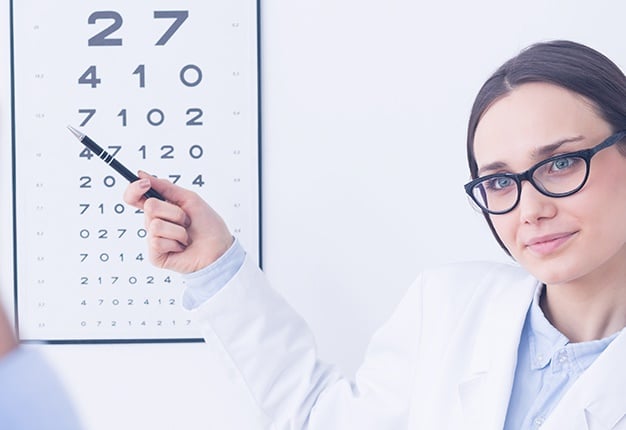
Up to 80% of the stimuli that we use to drive comes from our vision. It is for this reason that regular eye tests are essential to ensure you are a safe and competent driver on the roads.
Yet, when asked when last they had their eyes tested, most drivers say it was at their last driving license renewal. "The problem is that five years is too long a time a frame and this test is not adequate enough," says Lauren Slade from ModernEyes optometrist explains.
Have your eyes tested
Slade said: "Sadly, many South Africans see their five yearly vision screening at the traffic department as the benchmark of eye care. Yet, the specific visual requirements required by legislation only cover the bare minimum for the different license codes."
These visual requirements, according to the law, consist of the following:
- Visual Acuity testing: determines how well you can see an object and the underlying details from a specific distance.
- Visual field testing: detects dysfunction in central and peripheral vision which may be caused by various medical conditions such as glaucoma, stroke, brain tumours or other neurological deficits.
Slade says relying on the traffic department to detect possible visual problems is something one should never consider. “The minimal screening tests are not sufficient to detect many eye conditions, nor are the department of transport’s employees trained to test vision efficiently or to give advice.”
Not all eyes are the same
“A 20/20 or 6/6 vision is considered ‘normal’ vision – meaning you can read a letter that most human beings can read at 20 feet or six metres respectively," she further explains.
During an eye test, if you can read the big letter at the top but none of the other letters lower than that, your vision is considered 20/200. That means that you can read, at 20 feet, a letter that people with ‘normal’ vision can read at 200 feet – this is very poor visual acuity.”
Image: Motorpress
Legally, to pass your vision test for a driving licence, you need a minimum of 20/40 (or 6/12) in each eye. “Yet, visual acuity isn’t measured, so you could have 20/20 vision or 20/40 vision and still pass. A person with 20/40 vision can see a letter at 20 feet the size that someone with 20/20 vision can see at 40 feet.
“This means that someone who is legally adequate at the licensing department – needs to be half the distance closer to see clearly compared to someone with 20/20.
Definitely not the person you want behind you on the highway doing 120kph. This is one reason why a licence vision screening is a very poor substitute for a comprehensive eye exam.”
Image: Motorpress
The managing director of MasterDrive, Eugene Herbert, says this information clearly shows how important it is for drivers to include vision testing in their defensive driver training.
“We cannot neglect the sense that plays such a major role in staying safe on the roads. It is for this reason that we work with ModernEyes in educating drivers on the importance of testing your eyes regularly. If this is something you have neglected to do up to now, it may be time to reconsider.”




 Publications
Publications
 Partners
Partners












